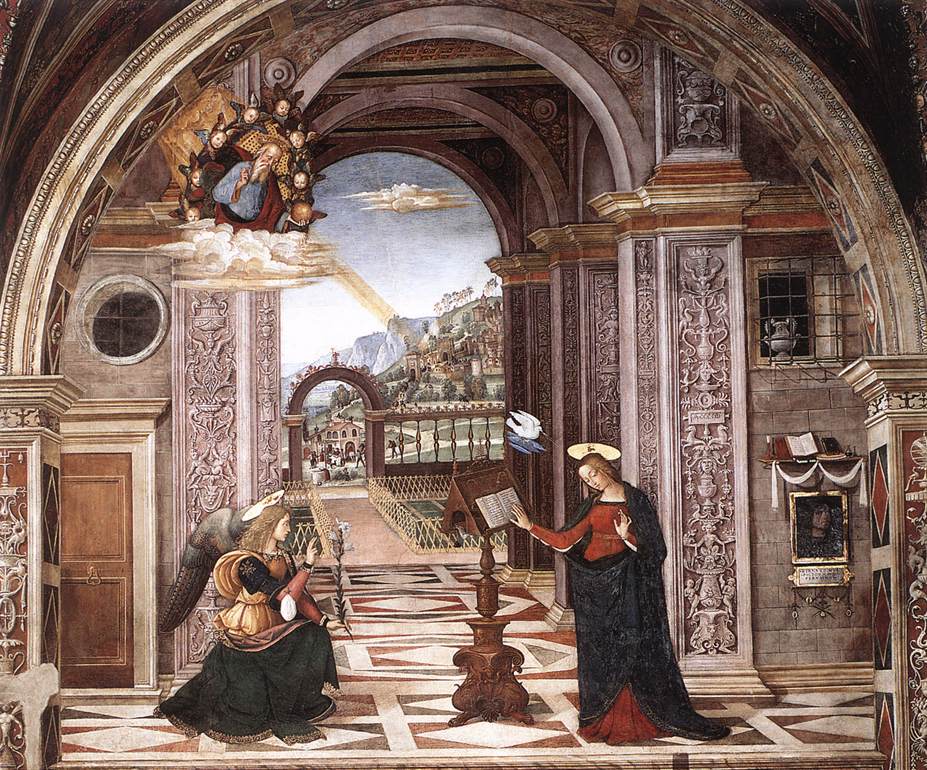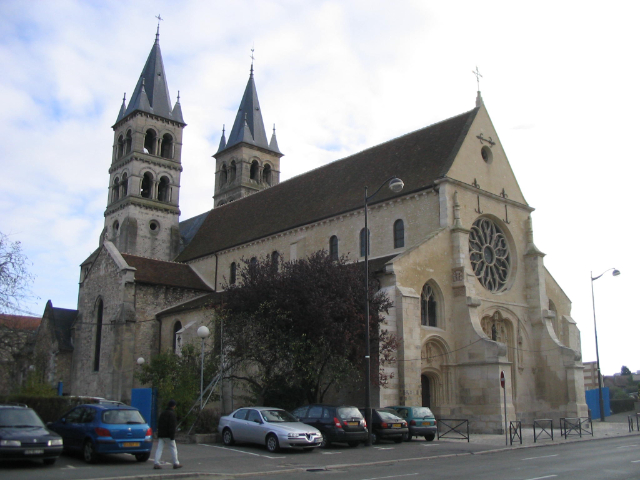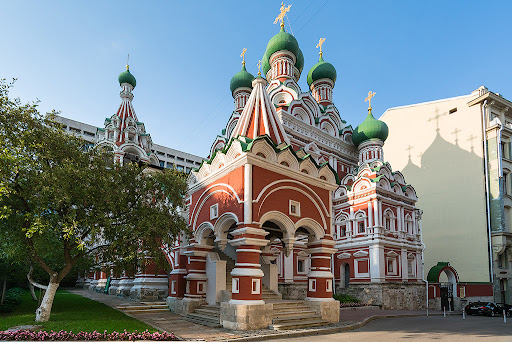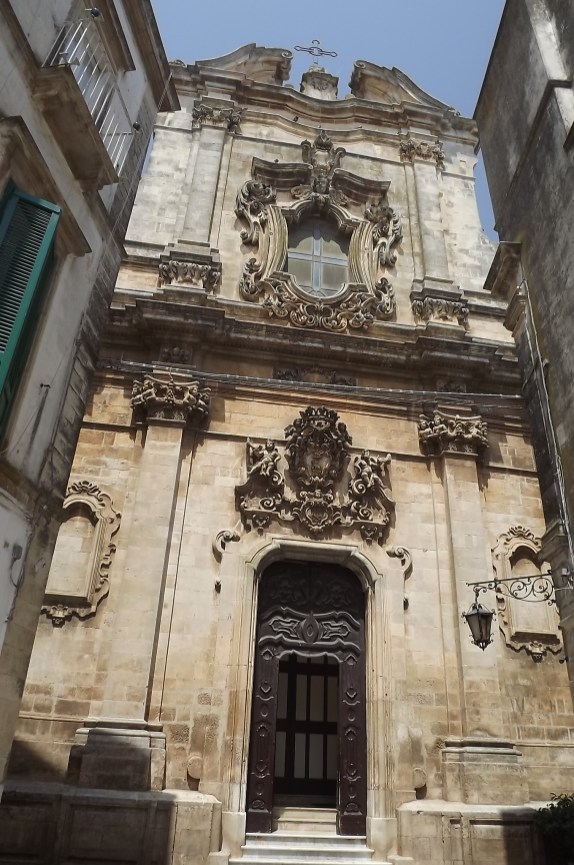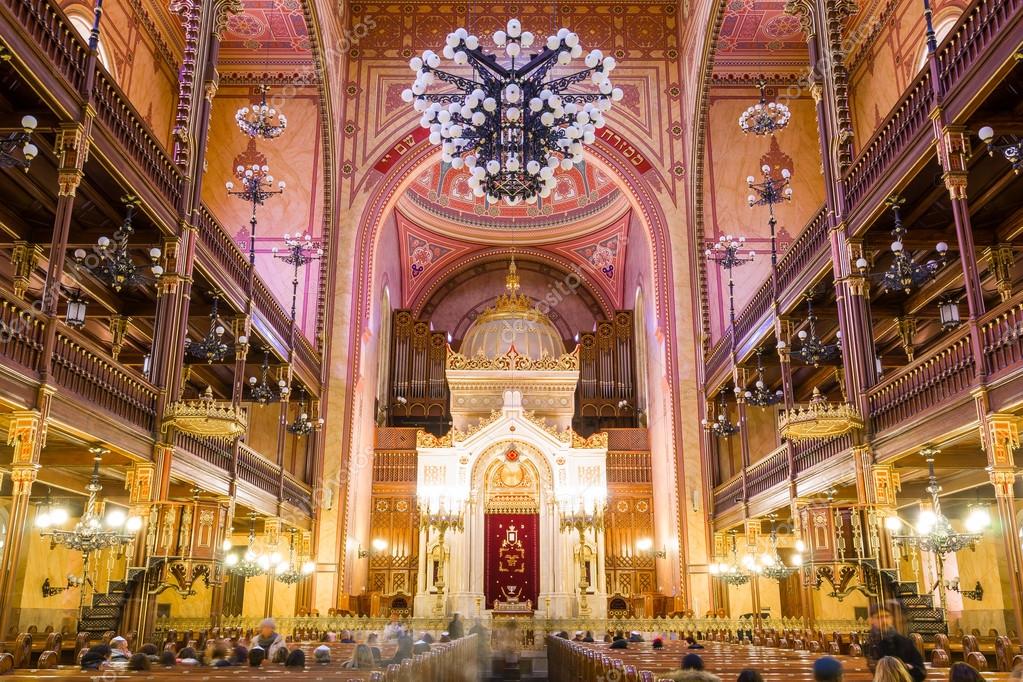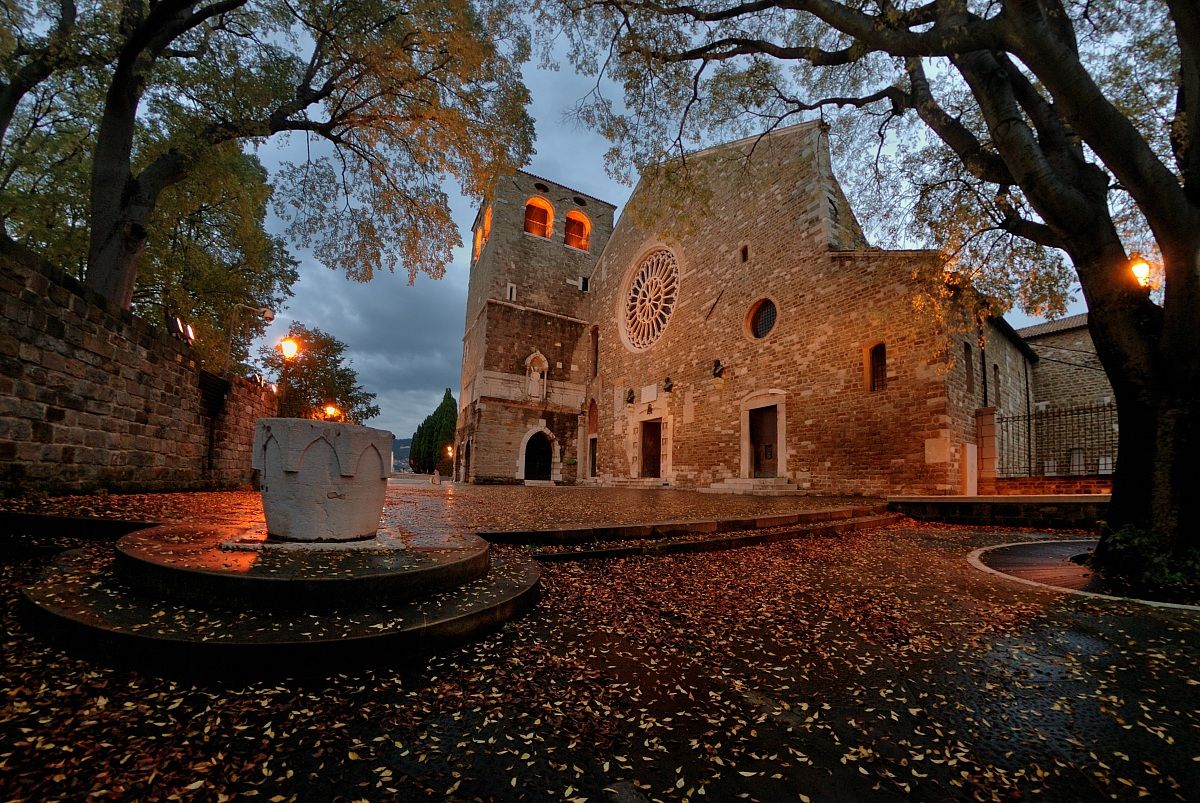Founded in the XI-XII, the church of S. Maria Maggiore introduces a façade risalente to 1644 realized in occasion of the amplification of the building. To notice the architrave, the jambs with beautiful frieze and girali of acanthus of the portal, work of active lapicidi between the secc. XII-XIII between Foligno and Bevagna and in part attributable to maestranze spoletine. The church is to Latin cross and introduces an aisle with cover to cruise. In the second half of the XVII century it has been equipped of seven altars and of a rich decoration in stucco. On the altars, numerous works attributable to the XVII century. To the right of the entrance, a marble altar by Gaius Titienus Flaccus (today used as a holy water stoup) already present in Santa Maria Maggiore since the 15th century, next to it a marble baptistery in the shape of a pyx by Gasparino da Val di Lugano (1509-1511). Along the left wall opens after the second left altar, the Baglioni Chapel, commissioned in 1500 by Troilo Baglioni to the artist Bernardino di Betto said Pinturicchio (Perugia, 1452 approx. – Siena, December 11, 1513). It presents a rich floor of maiolica decorations of Deruta of 1566. The chapel is entirely decorated to fresco from the artist, beginning from the sails of the time with the sibyls Tiburtina, Eritrea, Europea, Samia sat in throne; to the left wall, the Annunciation with self-portrait and signature of the artist. On the back wall, Adoration of the Shepherds and arrival of the Magi, on the right wall, Dispute between the doctors in the Temple. Also along the left wall is the Renaissance pulpit in sandstone by Simone da Campione (1545). The high altar covered by the ciborium (or tribune) in caciolfa stone by Rocco di Tommaso da Vicenza (1515). In the roundels; eight terracotta heads by Giandomenico da Carrara: Prophets (1562). On the pillars flanking the apse two works by Perugino, on the left "Pietà, San Giovanni Evangelista, e la Maddalena", removed from an unknown place (work dated 1521) and on the right "Madonna con Bambino, Santa Caterina d’Alessandria e San Biagio", removed from an unknown place (work dated 1521).
